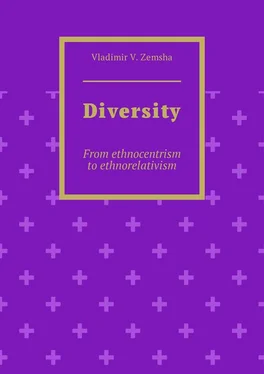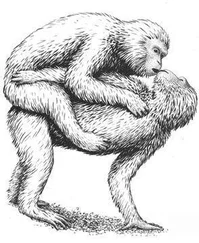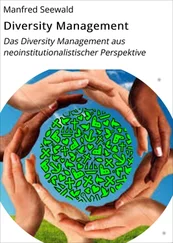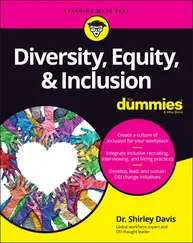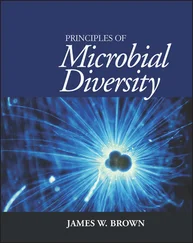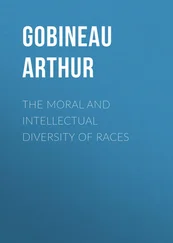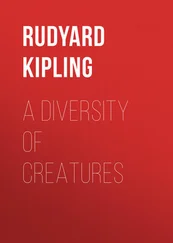Diversity
From ethnocentrism to ethnorelativism
Vladimir V. Zemsha
© Vladimir V. Zemsha, 2018
ISBN 978-5-4493-1705-6
Created with Ridero smart publishing system
“Diversity” means “variety”.
However, one should never bring this concept to only national and ethnic parameters as variety covers a much wider space.
The most common parameters of variety are given in the “Diversity circle”, where we can see:
– “internal parameters” such as gender, age, the already mentioned ethnicity, psychological differences, etc;
– “external parameters” such as marital status, religion, education, etc; and
– “organizational parameters” such as position, department, professional interests and the like.
• Based on multiple observations of the performance of different teams, we can draw the conclusion that the performance of “diverse” teams is either far lower than that of “homogeneous” teams or far above that of the latter. It was noticed that diverse teams are much superior in creativity but their success is only achieved through adequate cultural integration of team members.
• Therefore, it is not enough just to maintain “diversity”. We should assume that a multicultural society or multicultural collective bodies, where each group exists as if in parallel to another, can yield to those with well-developed internal “intercultural” ties. Since “multiculturalism” by itself implies a fairly low level of cultural integration of different groups of the same society you can hardly expect a high level of intercultural trust within them.
• In the past, the basic principles of “internationalism” were equality of all nations, preservation of ethnic diversity on a regional basis, gradual integration based on the unity of values and goals. However, integration practically never occurs smoothly due to differences in the level of scientific, technological and cultural development, which leads to isolation of dominant groups. This inevitably leads to an increase in ethnocentrism in both groups, which, in the end, was expressed in the growth of “national self-consciousness” and division by ethnicity.
• The human Ego as a property inherent in nature, makes a human to identify the self in the world and regard the self as a subject through which he survives and evolves in a competitive environment of “natural selection”, but the same property builds barriers in the mind that prevent him from objective perception of reality. Our ego, like glasses distorting the vicinity, gives us a picture of the objective world, interpreted by our own perception and lying far beyond objective reality.
• In other words, we sometimes use a concept like “female viewpoint” of things or vice versa a “male viewpoint” to things that reflects the differences in gender parameters. Or “teenager viewpoint” and “a view from the height of the lived years”, reflecting age differences in perception of the same. It must be assumed that “viewpoints” of representatives of different psychotypes, professions, ethnical groups, etc. will differ by far from each other, interpreting facts, events and circumstances in their own way, not to mention the very goals of certain actions and the consequences of these or those actions.
For example, professional interests of a financial controlling department and a sales department may be in opposition to each other, and we often find that the view of the builder opposes that of the designer…
Therefore, the ability to more correctly interpret the perception of another member of the team, and thus adapt one’s perception in a proper way, will help to establish mutual understanding, respect and harmony in the team. This can significantly help to avoid the situation described in the well-known Krylov’s fable “The Swan, the Crawfish, and the Pike” and to relieve tension and antagonism in the team and society as a whole.
Конец ознакомительного фрагмента.
Текст предоставлен ООО «ЛитРес».
Прочитайте эту книгу целиком, купив полную легальную версию на ЛитРес.
Безопасно оплатить книгу можно банковской картой Visa, MasterCard, Maestro, со счета мобильного телефона, с платежного терминала, в салоне МТС или Связной, через PayPal, WebMoney, Яндекс.Деньги, QIWI Кошелек, бонусными картами или другим удобным Вам способом.
